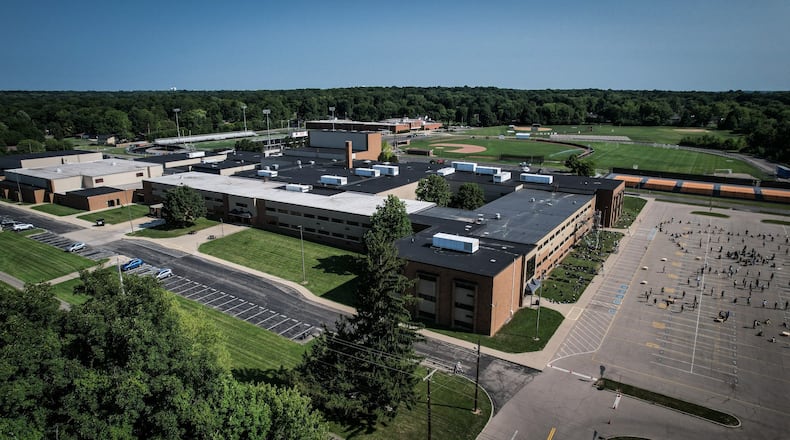“There’s really two schools of thought on this,” Otten said. “One is, let’s keep the plan the way it was originally designed by the community group that was gathered to do it, and let’s look at it in terms of (putting it on the ballot in) a different election.”
“There’s another school of thought that is, ‘Okay, we lost pretty significantly. So do we want to look at the look at the current plan? Are there pieces that we want to remove out of the plan that will obviously lower the dollar amount of the plan?’ and then bring that back to our voters.”
The one thing that probably won’t change, Otten said, is the overall plan to build a new high school, though aspects of the project may be adjusted.
The board is likely to put some form of the measure back on the ballot in May, which means those adjustments will have to take place fairly quickly, Otten said.
“Our timeline will be pretty tight, so I think we will start engaging in those conversations pretty quickly, and really kind of giving the board that opportunity to see what our next step is,” he said.
If the request is rejected again in May, the district may have to go “back to the drawing board.”
The 4.9-mill bond issue that was rejected Tuesday would have cost a homeowner within the school district an additional $172 annually for each $100,000 of appraised real estate value ($258 for a $150K home, $516 for a $300K home), according to the Greene County Auditor’s Office. The bond would be paid off over the course of up to 37 years.
If voters had approved the multimillion-dollar bond issue, the district planned to build a new high school, relieving facilities pressure on a district that is expected to rapidly grow, according to school officials. The new building would have allowed a domino-effect of changes to other district buildings.
In the meantime, the school district has already taken some steps to relieve the capacity pressure at the preschool level. The central office has moved out of the location on Kemp Road. Those offices will be converted into more preschool classrooms, Otten said.
Even if the bond issue had passed in November, there were still capacity concerns over the course of the buildout, Otten said.
“If we would have passed in November, we would probably struggle to get to the 2029-2030 school year without any additional portables, just because every building right now is at capacity,” he said.
It’s unlikely Beavercreek will need an additional portable classroom unit for the upcoming school year, Otten said, but so far the district’s projections for population increases are holding true.
That said, Otten said nothing else will change about how Beavercreek students are taught.
“Our teachers, they’re going to continue to do what they do best: they’re going to love on kids, teach kids, and last night’s outcome doesn’t change anything on how we’re going to deliver instruction to our kids,” he said.
About the Author


